TVS Apache RTR 310 vs Triumph Speed 400 Spec Comparison: Which One Should You Buy?
The Apache RTR 310 is presently competing in India's competitive market against the Triumph Speed 400, the BMW G 310 R, and the 2024 KTM 390 Duke. Here's how the new TVS model stacks up against the Triumph Speed 400 in terms of performance, features, design, and more.
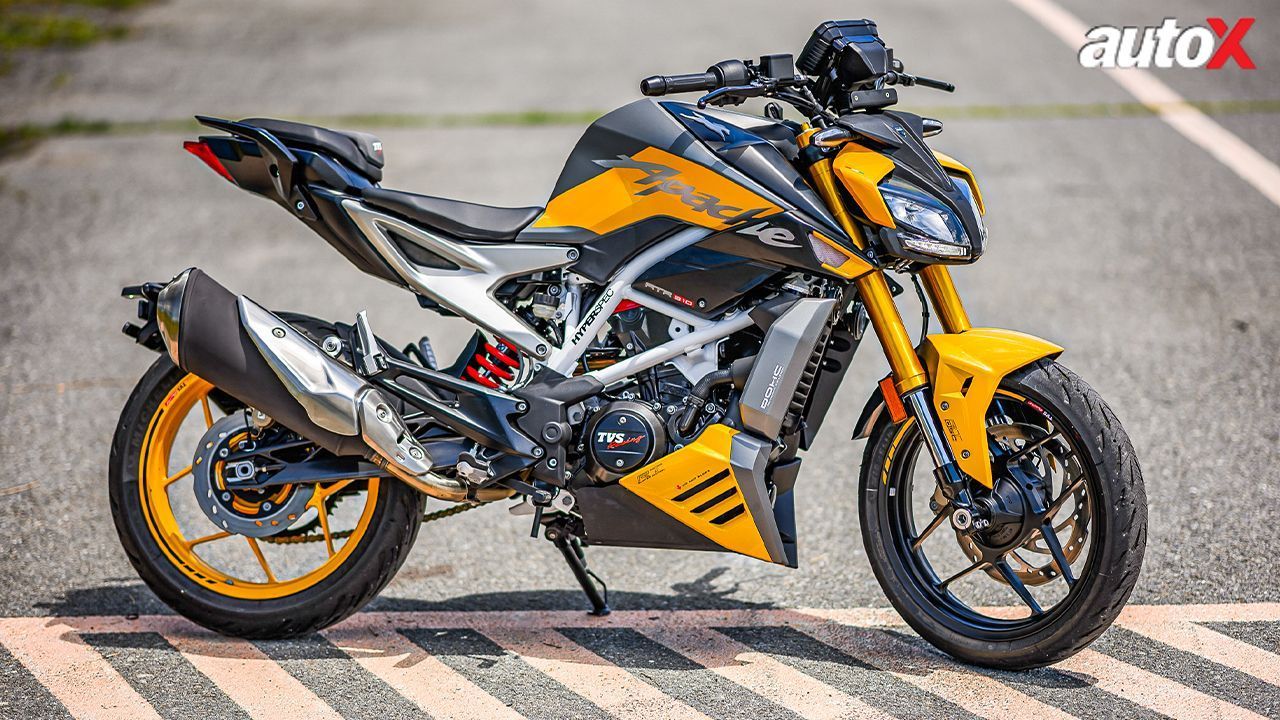
The sub-400cc motorcycle market has witnessed three significant launches from renowned manufacturers in recent months. In July, Triumph introduced the Speed 400, followed by KTM's highly anticipated redesign of the aggressive 390 Duke. Just a couple of weeks ago, TVS Motor entered the fray with its first 310cc streetfighter, the all-new Apache RTR 310, a naked version derived from the RR 310, tailored for the Indian market.
The Apache RTR 310 stands out with its striking aesthetics, a more potent engine, an upgraded sub-frame, a wealth of high-tech features, and extensive customisation options facilitated through TVS' Built to Order program. This innovative offering from TVS takes the Apache RTR 310 to new heights.
In the fiercely competitive Indian market, the Apache RTR 310 faces formidable rivals in the form of the Triumph Speed 400, the BMW G 310 R, and the 2024 KTM 390 Duke. Here, we will delve into how TVS' new Apache RTR 310 stacks up against Triumph's Speed 400.
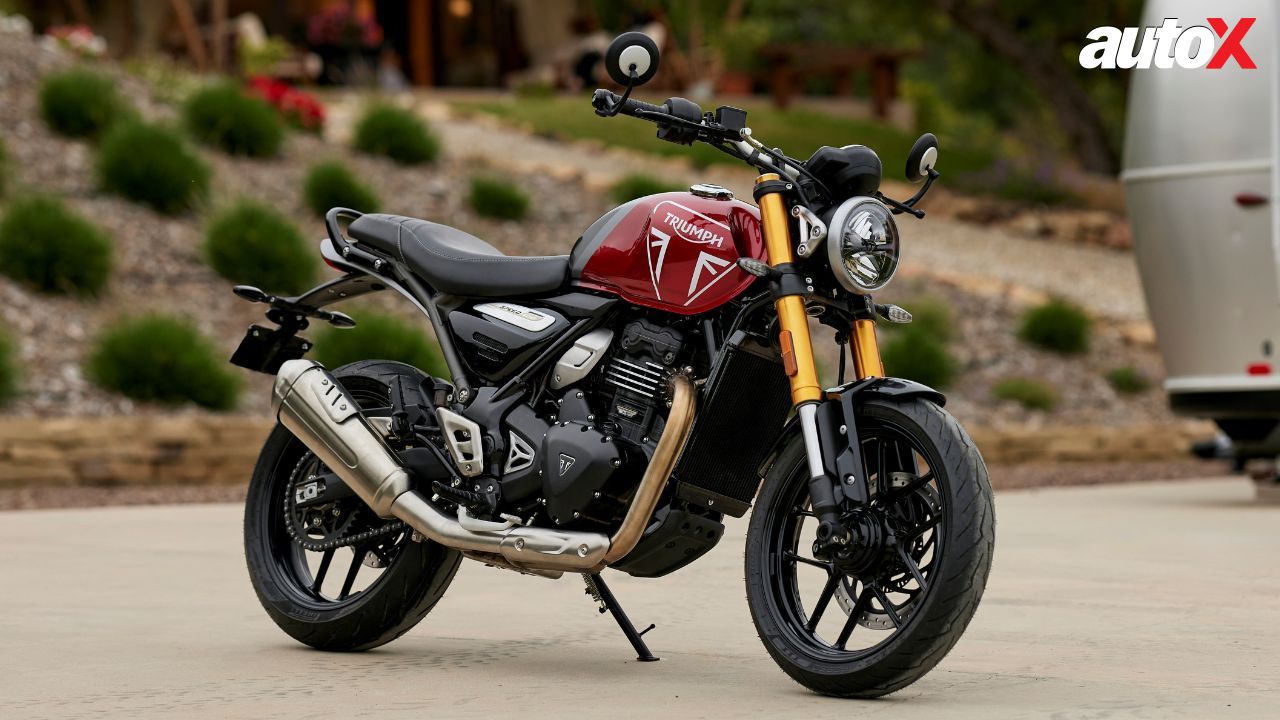
Also Read: KTM 390 Duke vs TVS Apache RTR 310 Spec Comparison: Which Naked Streetfighter You Should Buy?
TVS Apache RTR 310 vs Triumph Speed 400: Price
Let's begin with the most important aspect of a bike for many – the price. The Triumph Speed 400 is the more affordable of the two, at Rs 2.33 lakh, and comes with comparatively fewer rider aids. On the other hand, the TVS Apache RTR 310’s prices range from Rs 2.43 lakh to Rs 2.64 lakh. It is available in three colour options. The Dynamic kit costs Rs 18,000, whereas the Dynamic Pro kit costs Rs 22,000. Customers can also opt for Built-To-Order (BTO) kits. Those interested in the Sepang Blue colour variant will have to shell out an additional Rs 10,000. All mentioned prices are ex-showroom.
TVS Apache RTR 310 vs Triumph Speed 400: Styling Details
Based on the BMW G 310 R, the TVS Apache RTR 310 is a brand-new motorcycle with a dynamic appearance that stays true to the RTR DNA. The RTR 310 has a distinctive look because of its sharp headlight, muscular tank, side-slung exhaust, and straightforward tail end. The Triumph Speed 400, meanwhile, has a completely different design philosophy, with an appealing retro classic aesthetic, thanks to its round headlight, single-piece seat, upright riding position, a side-slung exhaust, and minimum bodywork. Having said that, both the motorcycles sport unique styling elements, which are likely to appeal to bike enthusiasts.
TVS Apache RTR 310 vs Triumph Speed 400: Features Onboard
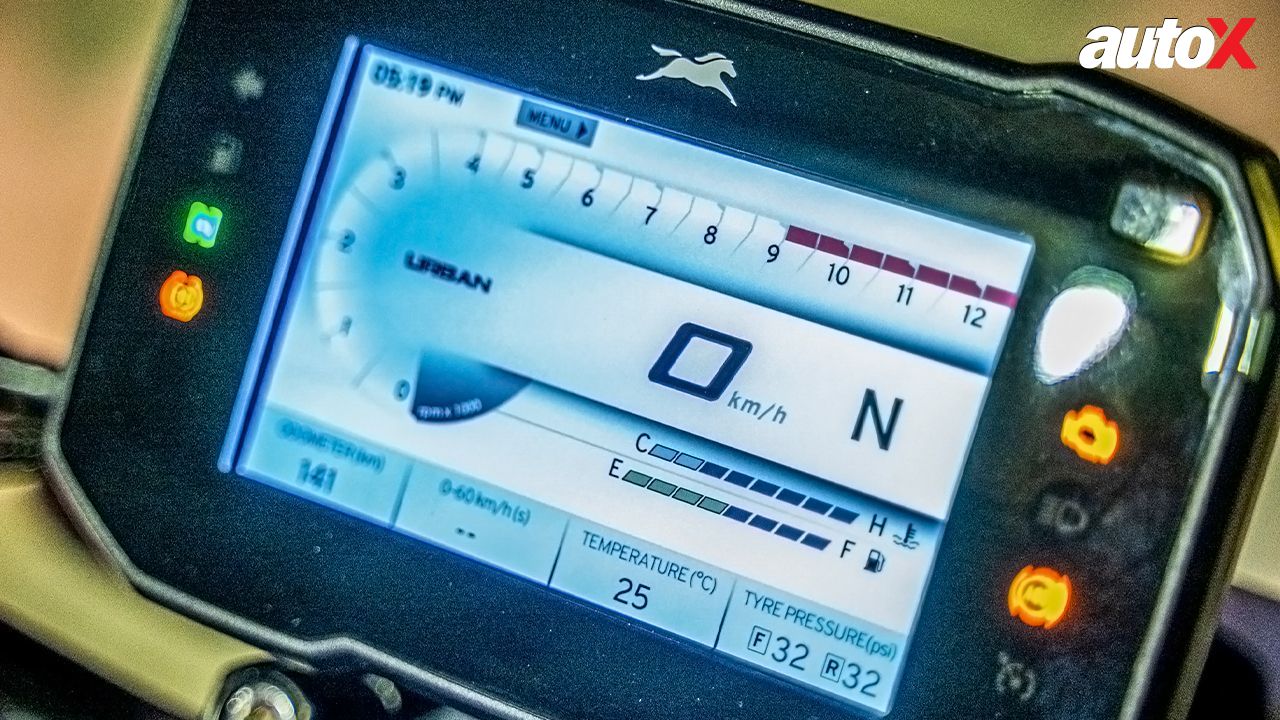
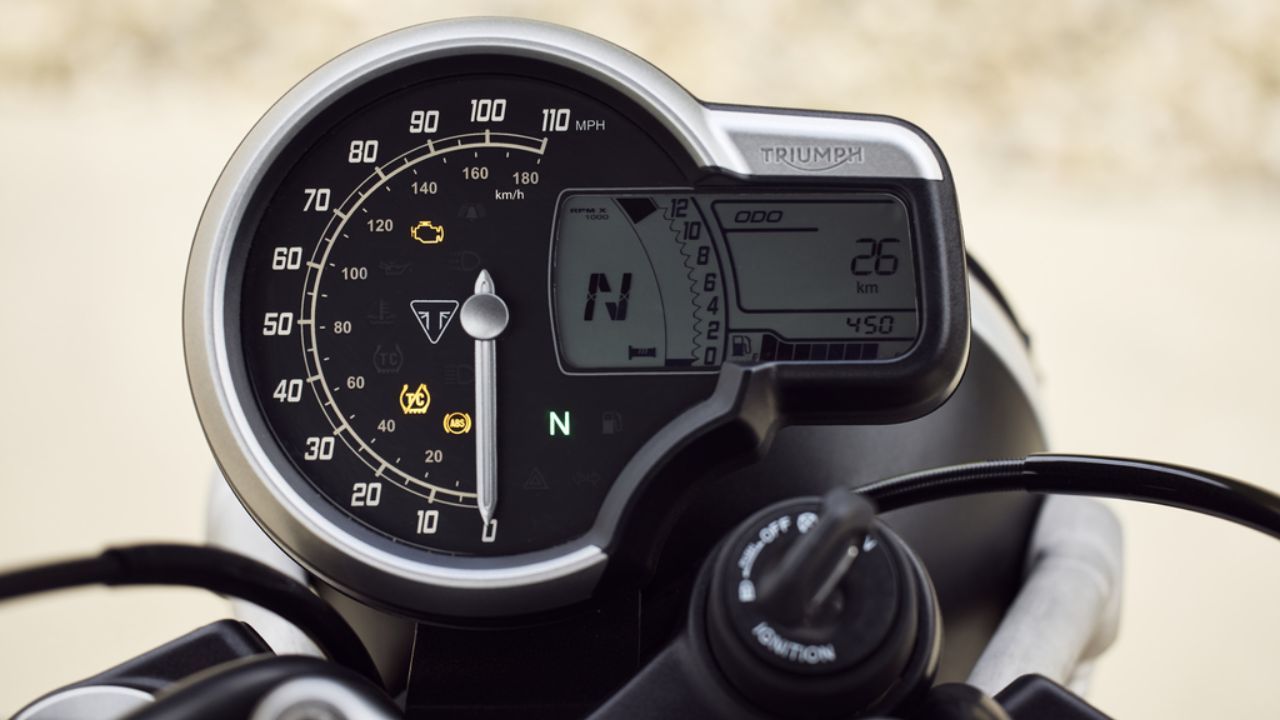
On the equipment front, both the Speed 400 and the Apache RTR 310 are fitted with mono-shock at the rear, 17-inch wheels, disc brakes with dual-channel ABS, traction control, tubeless tyres, LED lighting, electronic rider aids, USD forks, and more. There are, however, a few key differences between the two. While the Speed 400 gets a semi-digital instrument cluster, the Apache has adjustable forks and a 5-inch TFT dash. The TVS also has features like rear lift control, a ventilated seat, wheelie control, and cornering cruise control. Additionally, the Speed 400 lacks smartphone connectivity.
TVS Apache RTR 310 vs Triumph Speed 400: Hardware
RTR 310 sports a 41mm USD setup. Those who want fully adjustable suspension and other features will have to opt for the BTO Dynamic package. A 43mm big piston upside-down fork is available for the Speed 400. Both motorcycles have a mono-shock at the rear, but the Triumph also gets preload adjustment. Between the two, the Speed 400 has less ground clearance. Additionally, it has a larger fuel tank and is marginally lighter as well, albeit by only one kilogram.
Also Read: TVS Apache RTR 310 Review: Is it the best BMW-TVS product yet?
TVS Apache RTR 310 vs Triumph Speed 400: Mechanical Details
Both bikes are powered by a liquid-cooled single-cylinder engine, paired with a 6-speed gearbox. The RTR 310 puts out 35bhp and 29Nm, while the Speed 400 generates 39.5bhp and 37.5Nm. The Apache RTR 310 gets a quick-shifter, although it is not standard. On the other hand, the Triumph Speed 400 comes with slip and assist clutch. The Speed 400 is more powerful than the TVS Apache RTR 310, which has comparatively lower displacement and less power.
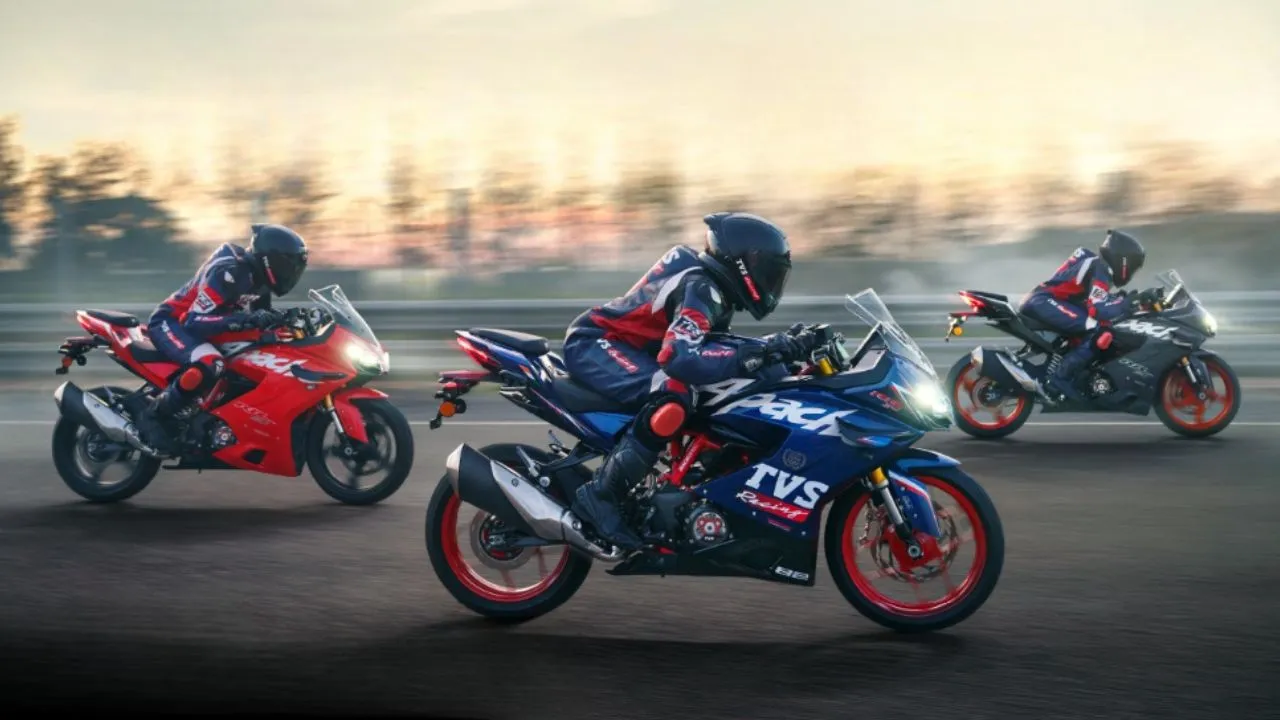

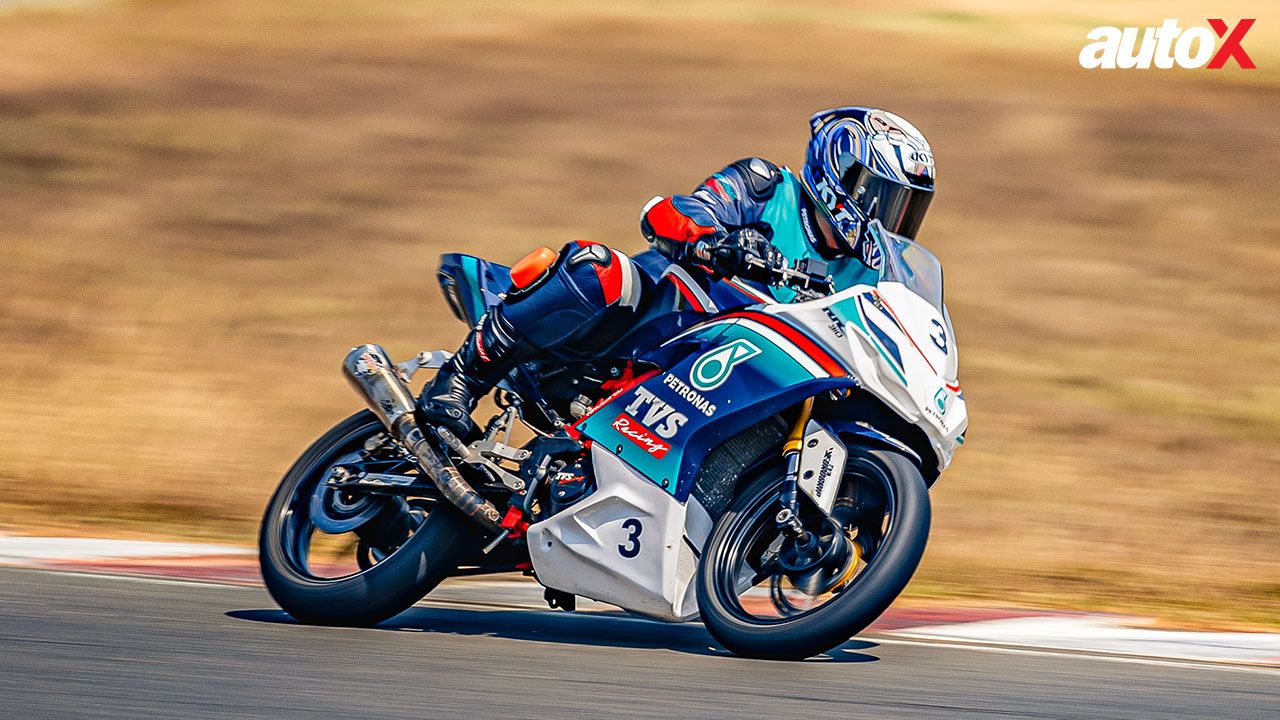
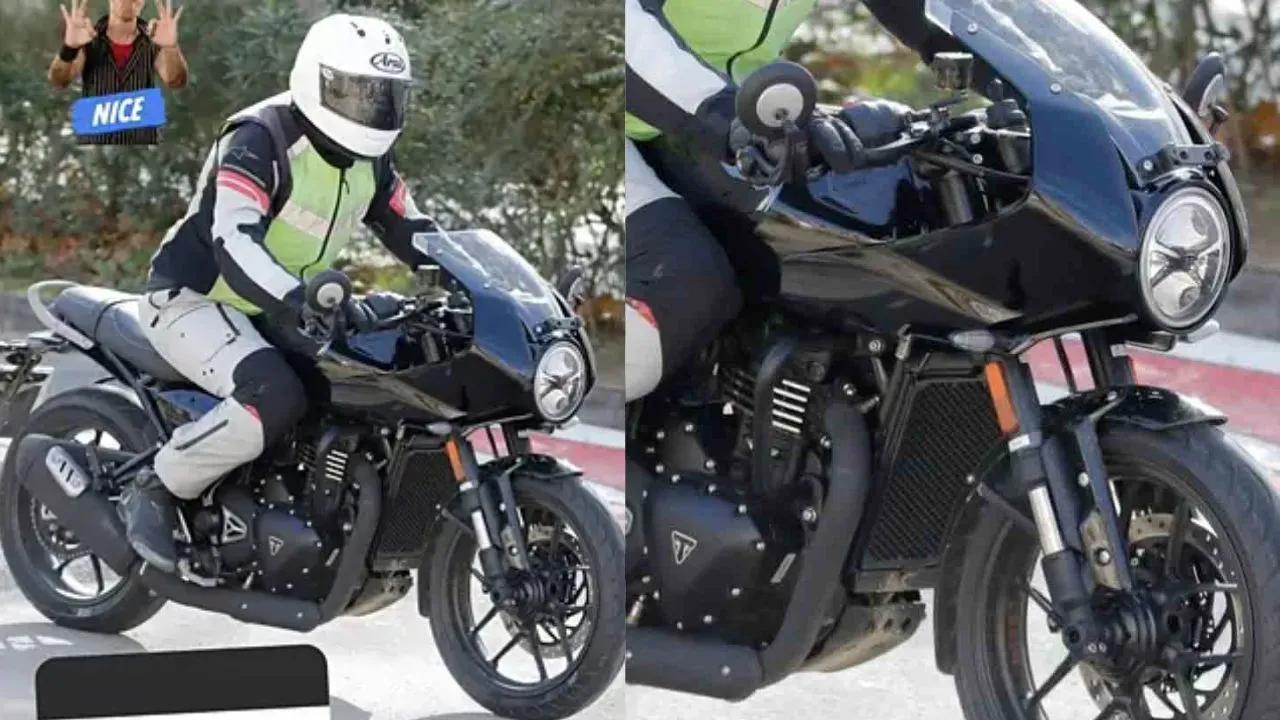
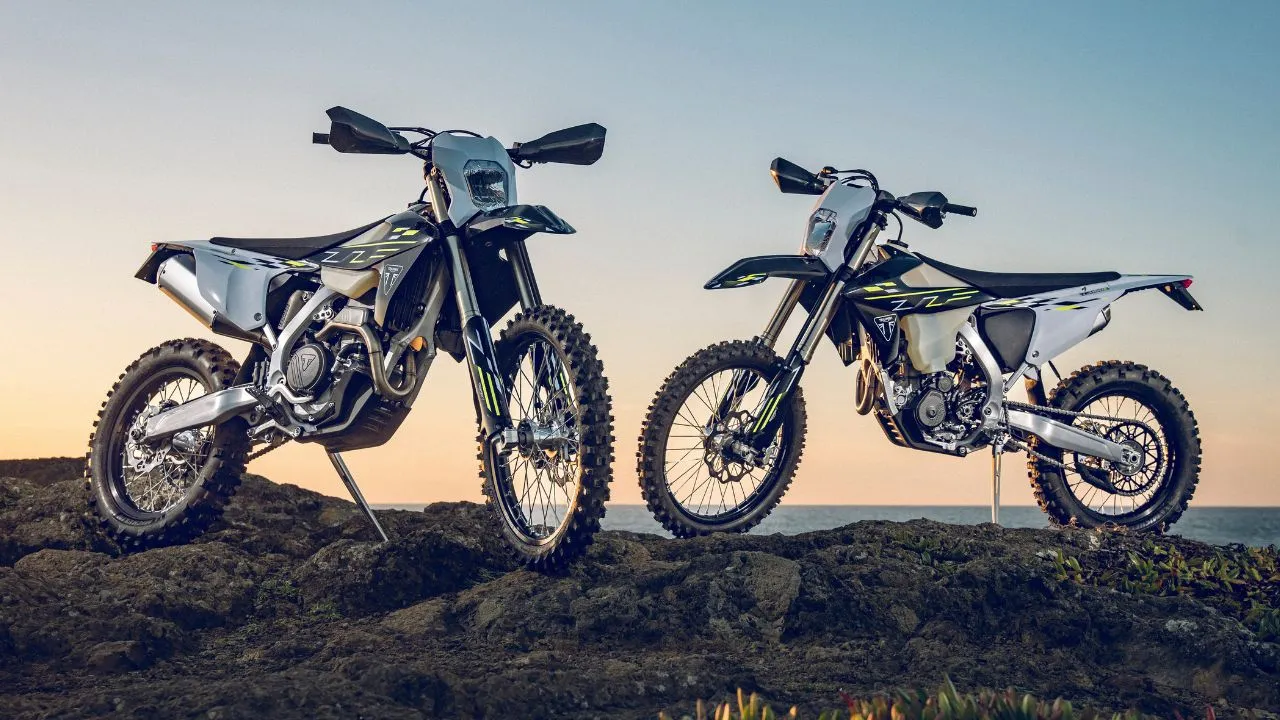
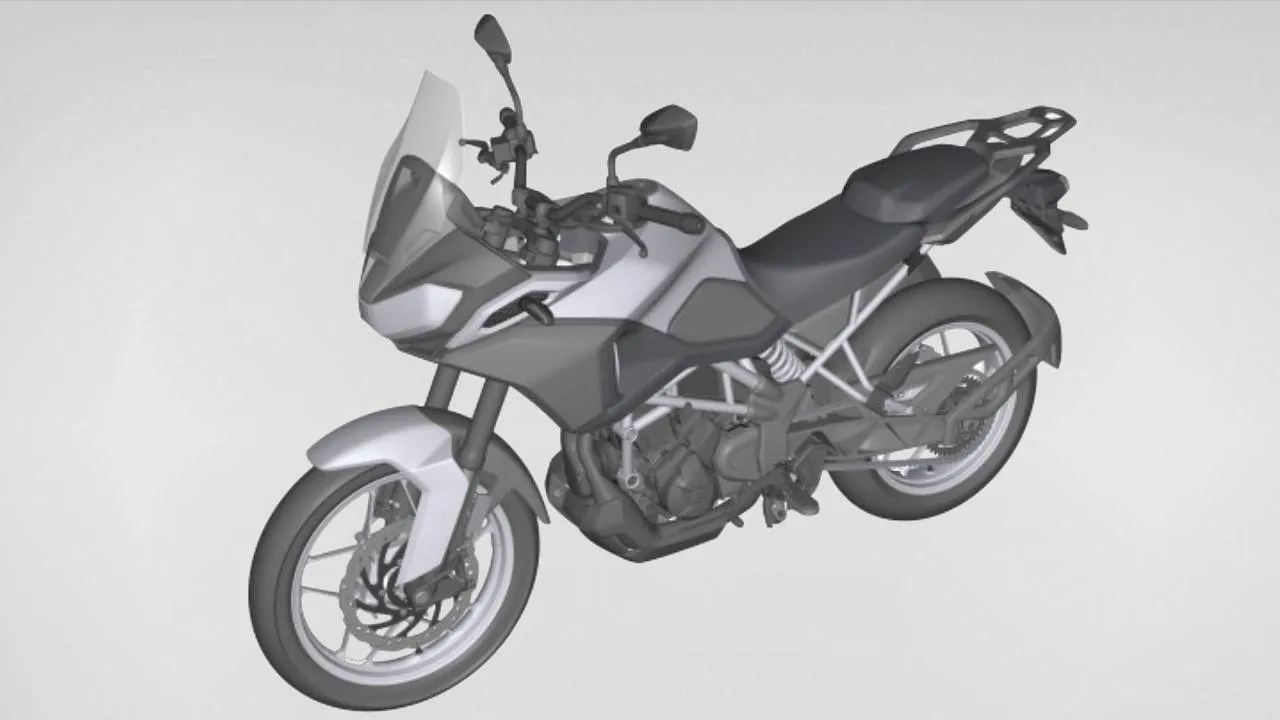
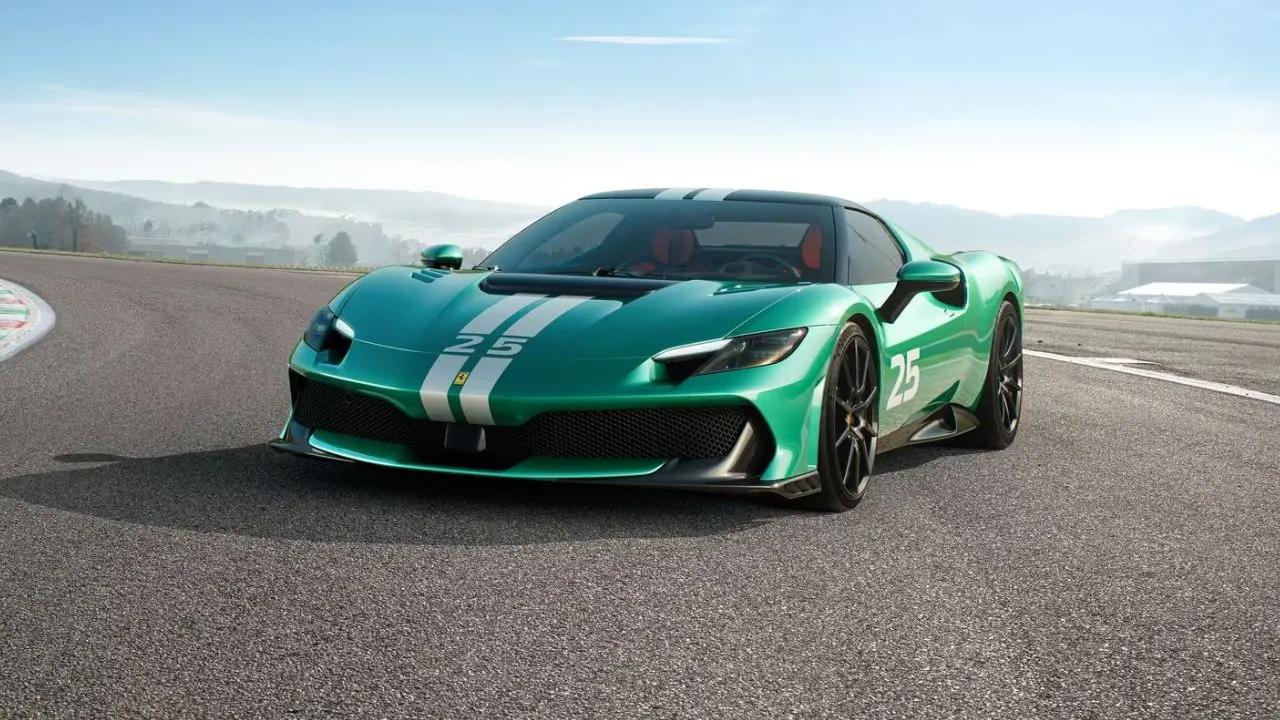
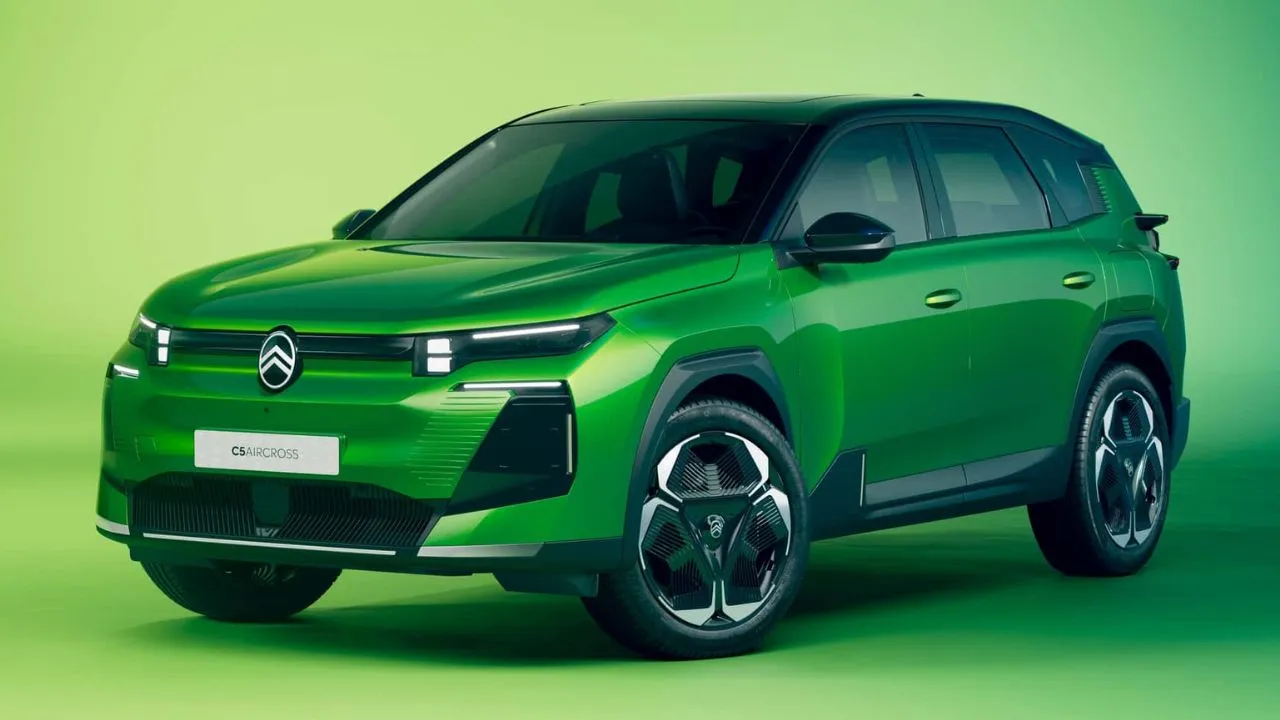

-(17).webp)
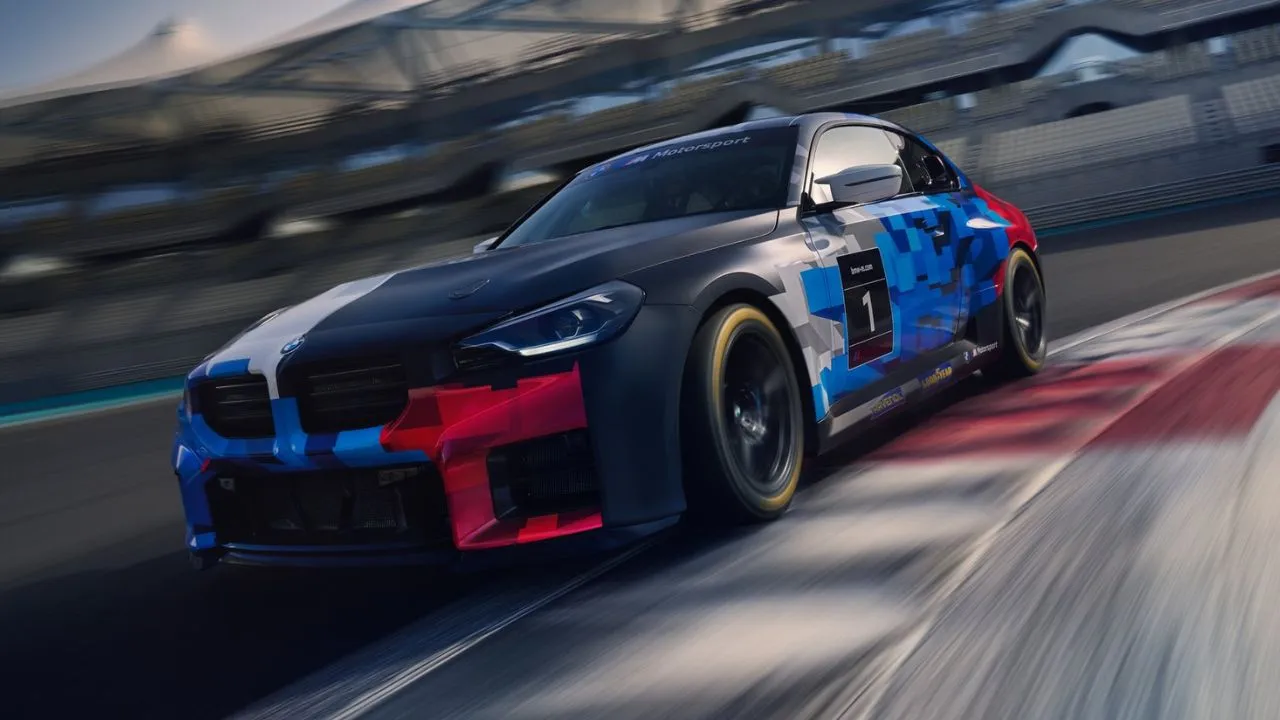



















Write your Comment on